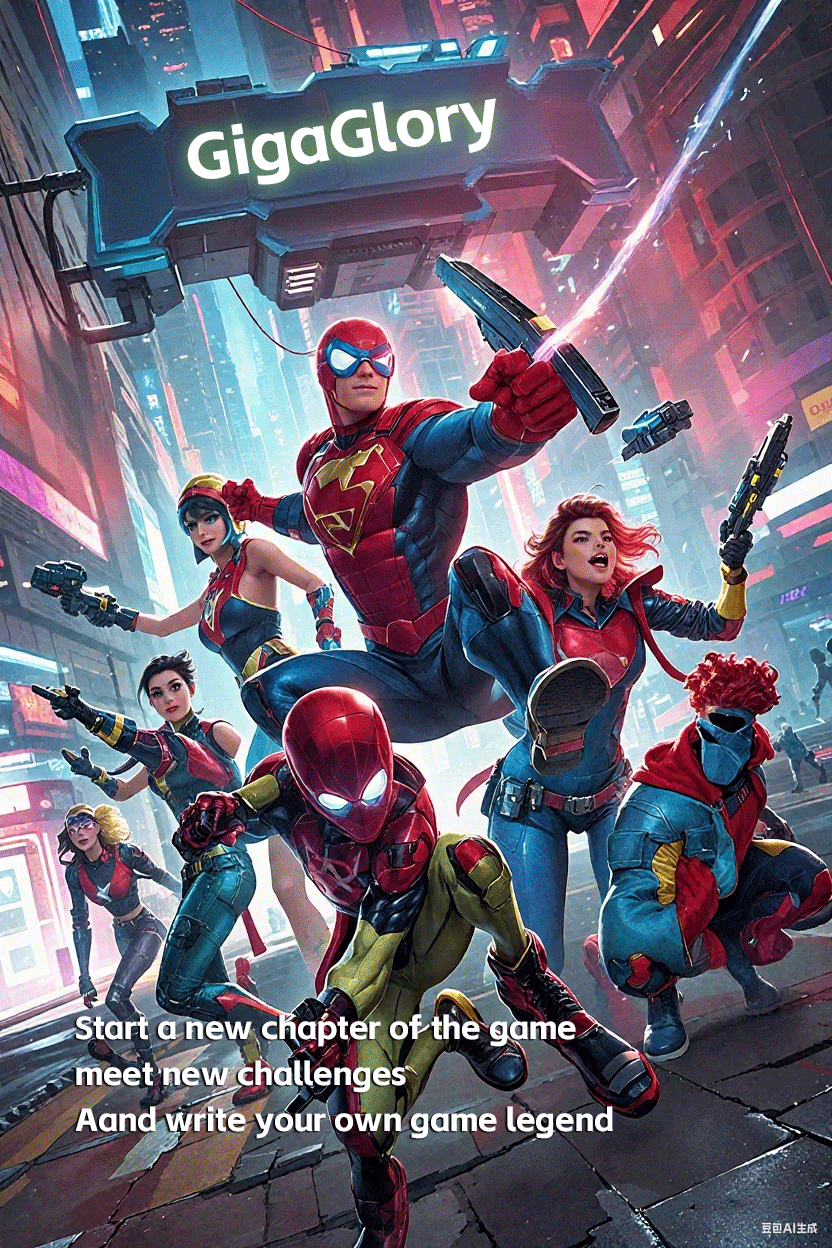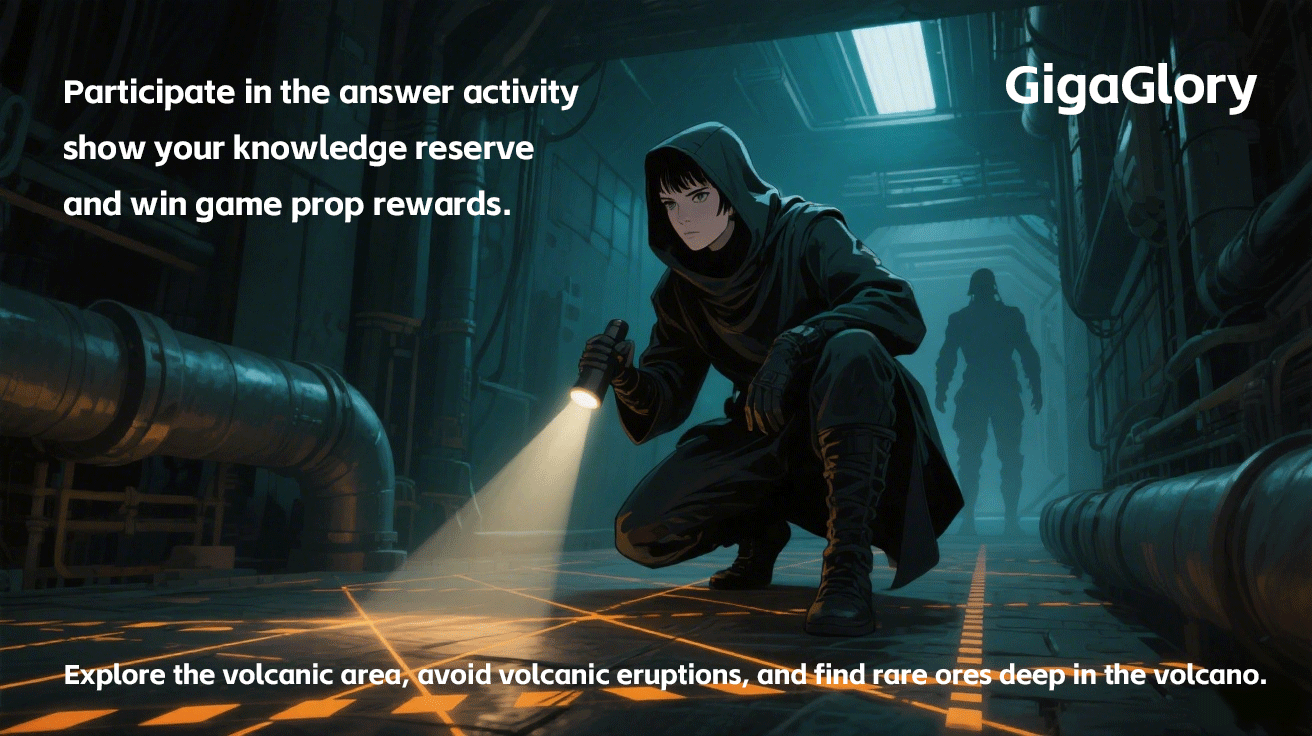Unlocking Creativity: How Sandbox Games Revolutionize Strategy Game Mechanics
In the realm of video games, strategy games have always held a special place, captivating players with their intricate mechanics and thoughtful gameplay. However, as the gaming landscape evolves, sandbox games are making waves in the strategy genre. This article explores the intersection of sandbox and strategy games, their unique mechanics, and how they inspire creativity in players. Whether you're a fan of Dragon Ball FighterZ or exploring Chinese RPGs, there's much to discover!
Understanding Strategy Games
Strategy games, at their core, demand players to think critically, plan ahead, and allocate resources efficiently. Classic examples include games like Age of Empires and StarCraft. The players are often put in control of various units or resources, requiring tactical decision-making to achieve victory.
What Are Sandbox Games?
Sandbox games offer players a vast open world, allowing them to explore, create, and experiment without the stringent limitations found in traditional gaming. Titles like Minecraft and Terraria enable players to shape their environments, leading to limitless possibilities in gameplay.
The Blend: Sandbox Mechanics in Strategy Games
The fusion of sandbox mechanics into strategy games introduces a new dimension. Imagine building your kingdom in a sandbox environment where the rules are only limited by your imagination! This creativity fuels player engagement, making games more enjoyable and less predictable.
Creativity Unleashed
- Player Engagement: Players feel a greater sense of investment in the game world when they can manipulate it.
- Unique Play Styles: The ability to approach challenges in various ways promotes a personalized gaming experience.
- Freedom of Exploration: Sandbox elements allow players to discover new strategies without constraint.
The Mechanics Behind Successful Sandbox Strategy Games
The best sandbox strategy games balance freedom with structure. Key mechanics often include:
| Mechanic | Description |
|---|---|
| Resource Management | Players gather resources to build and expand their world. |
| Creative Building | Freedom to design structures, units, and landscapes. |
| Dynamic Environments | Changing landscapes or weather that influences gameplay. |
| Player-driven Economy | Economics that depend on player interactions rather than fixed values. |
Case Study: Minecraft as a Strategy Game
Minecraft might not seem like a traditional strategy game at a glance, but its gameplay can encourage strategic thinking. Players must decide how to gather resources efficiently, where to build shelters, and how to protect against enemies. The deeper mechanics often lead players to devise strategies similar to those in classic strategy games.
The Rise of Chinese RPGs in Sandbox Format
With the rise of Chinese RPGs, we see a new twist on sandbox strategy. These games often incorporate complex narratives while allowing players to forge their paths. They combine the rich storytelling typical of RPGs with the creativity present in sandbox gameplay, which makes them unique and engaging.
Challenges Faced by Sandbox Strategy Games
While the mix of sandbox and strategy has proven successful, it’s not without its challenges:
- Balancing Freedom and Structure: Too much freedom can lead to chaos; developers must carefully design mechanics.
- Performance Issues: Complex environments may lead to glitches or crashes, impacting playability.
- User Experience: Tutorials and guidance are crucial to help players navigate the broader possibilities effectively.
Player Experiences: Stories from the Community
Anecdotes from players reveal the creative joys and sometimes frustrations of sandbox strategy games. Many share stories of unexpected victories or epic failures that arose from unique approaches to challenges.
Future Trends in Sandbox Strategy Games
As technology advances, so too will sandbox strategy games. We can expect improved graphics, more intricate mechanics, and even deeper player interactions. With the increasing popularity of esports, games like Dragon Ball FighterZ may influence strategy game design, showcasing the competitive aspect within creative frameworks.
Key Takeaways from Sandbox Strategy Games
- Creativity can lead to unique gaming experiences.
- Sandbox mechanics encourage strategizing in a fun, engaging way.
- Players thrive in environments where they can experiment and tailor gameplay.
Conclusion
In conclusion, sandbox games have the immense potential to revolutionize the strategy genre by unlocking new levels of creativity. They invite players to think outside the box, experiment with their strategies, and immerse themselves in worlds they can shape. The future of gaming lies in this remarkable fusion, enriching player experiences across the globe. As we continue to explore the evolving landscape, we can only expect more innovative blends of gameplay that challenge traditional norms.



